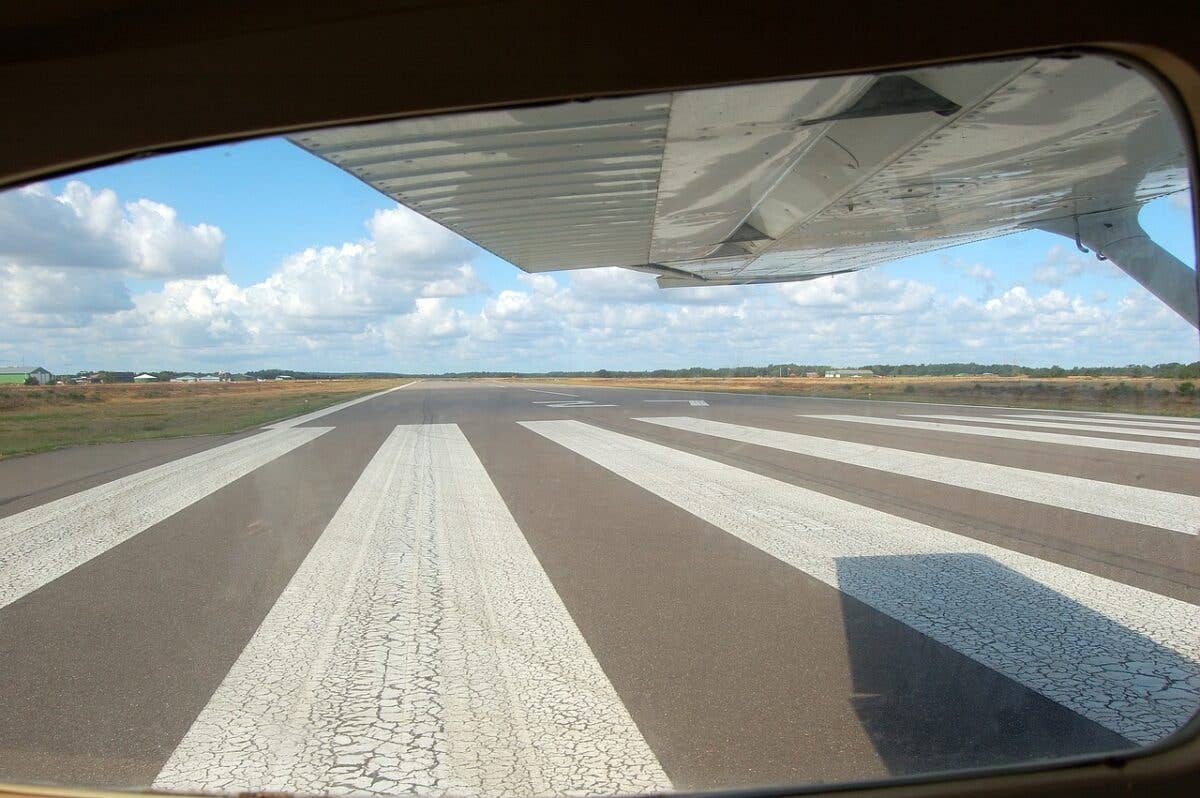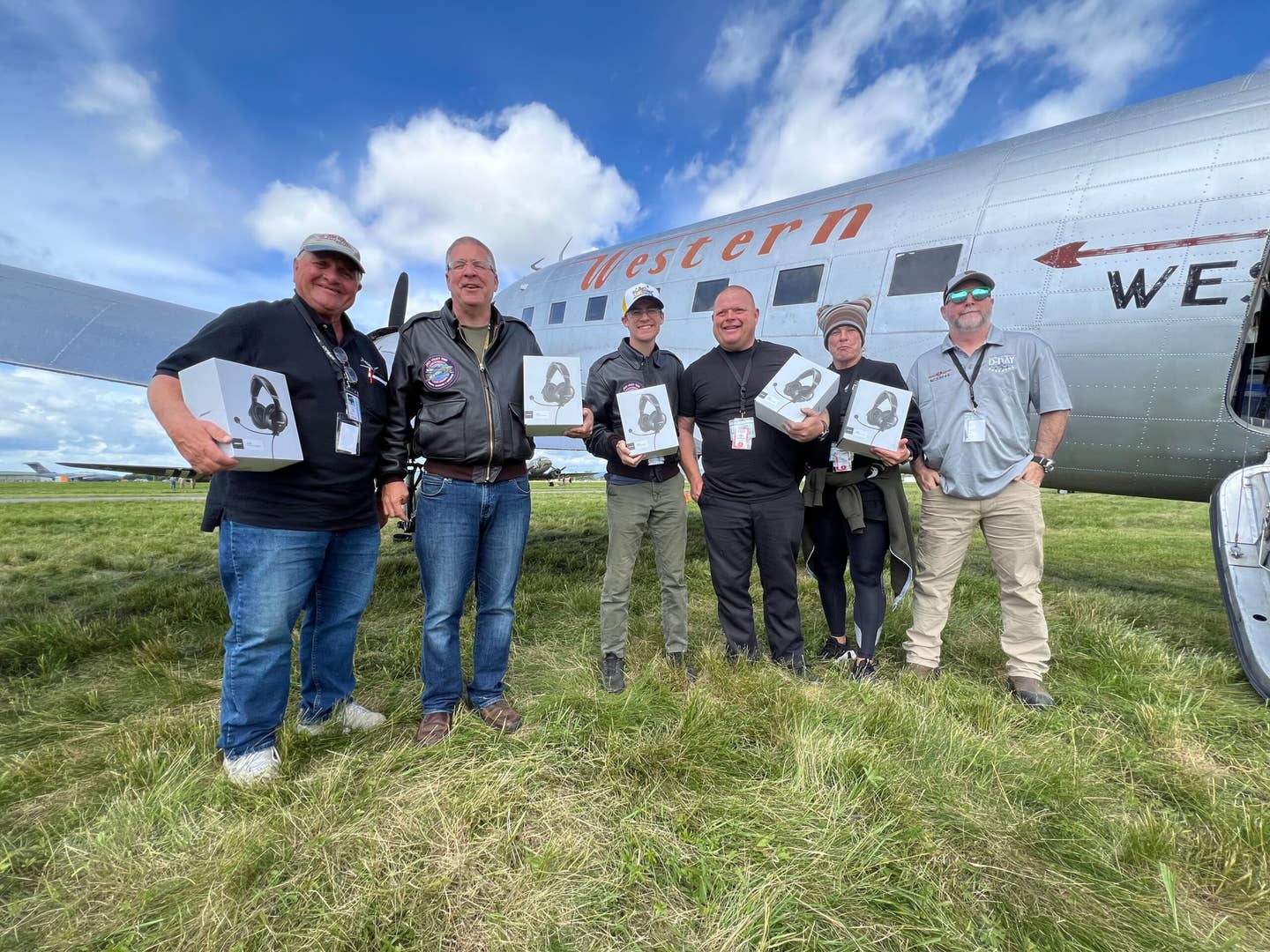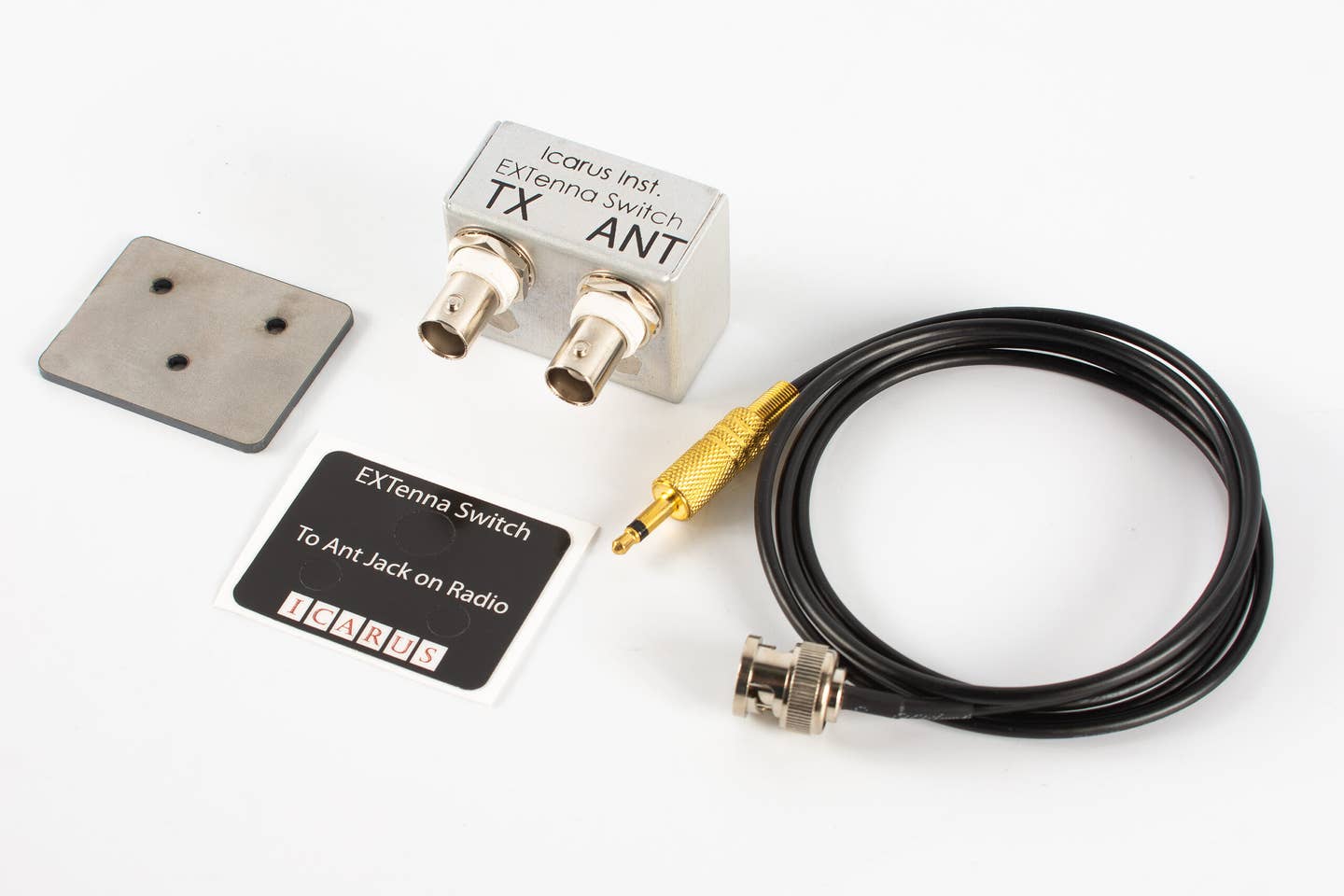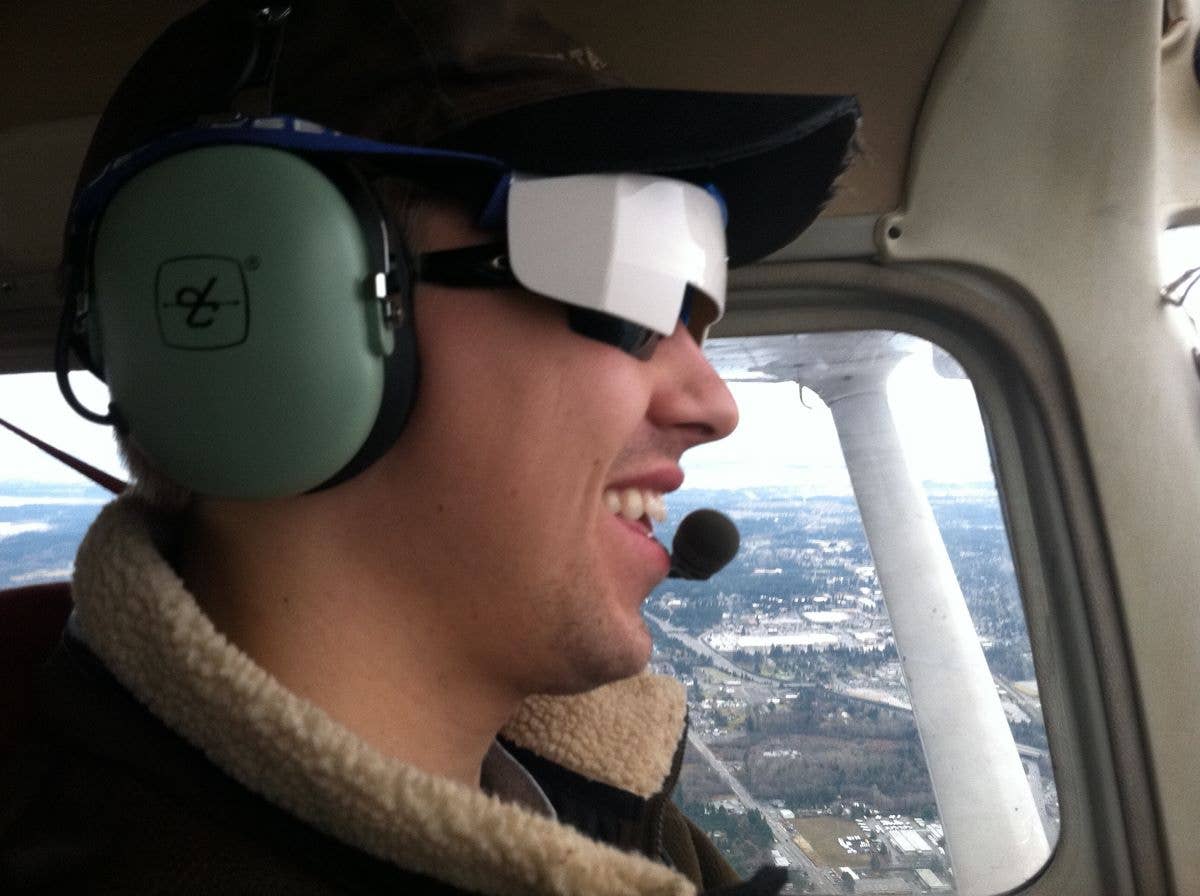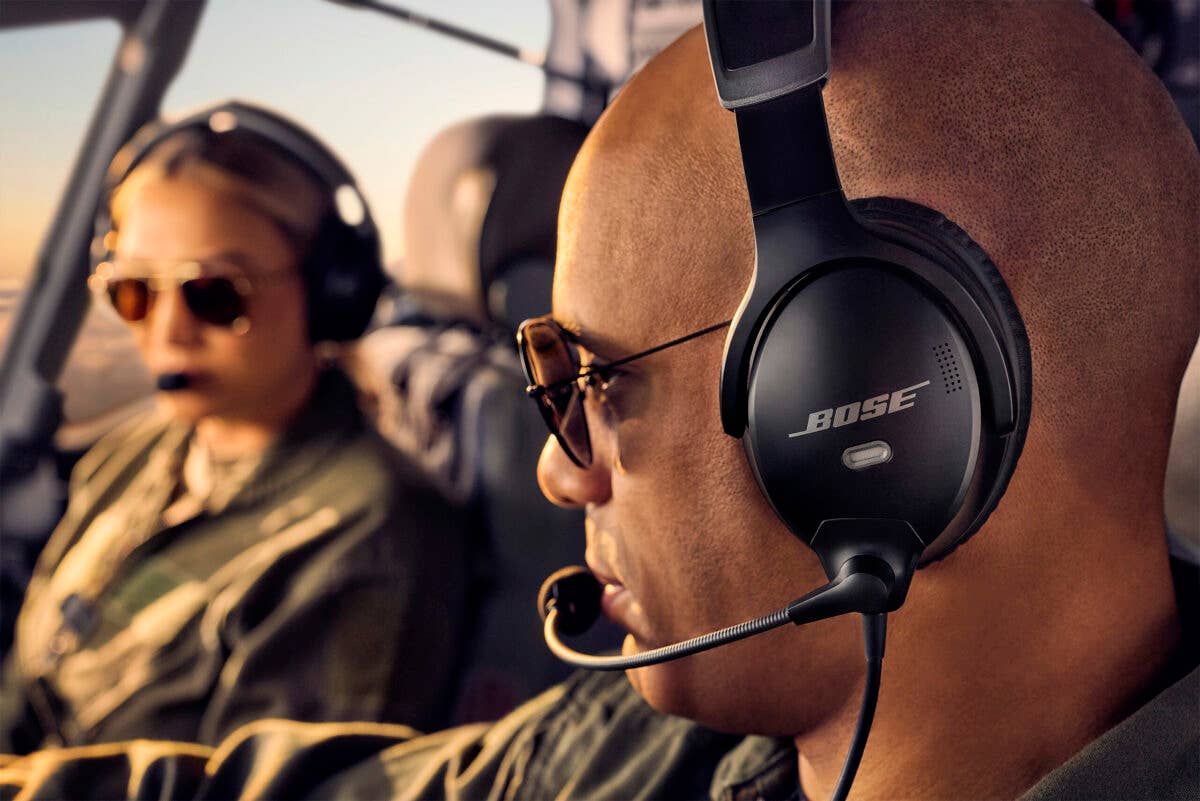
Garmin G2000
(February 2012) Flat-panel avionics systems for light airplanes, which seemed like the stuff of science fiction just a handful of years ago, have been around long enough to advance to a second generation. As far as Garmin avionics are concerned, that second generation of glass panels takes the form of G2000, a system that makes use of a lot of existing Garmin technology behind the panel but that incorporates an entirely new user interface, one that will change the way we fly.
Just as it sounds, G2000 is the follow-on to the immensely popular G1000 system. In various forms and using various names, G1000 has been installed as standard equipment in around 30 different models of airplanes, from entry-level piston singles to light jets. G1000 is standard fare on Cessna’s lineup of piston singles, from the high-performance Corvalis to the entry-level Skyhawk trainer. As a result, steam gauges are a mystery to many new pilots; to them, G1000 is synonymous with “avionics.”
Just as G1000 made its way into cockpits one airframe at a time, you can fully expect G2000 to do the same, though the rate at which this happens might be slower than it was for its predecessor because of the lingering economic woes that have slowed new-airplane manufacturing worldwide. In the meantime, expect a lot of airplane makers to be looking to find ways to work G2000 into their product lineups in years to come.
I flew G2000 in a high-performance piston single in Austin recently with Garmin’s Ben Kowalski in the right seat. Our round-robin IFR flight was flown largely in IMC and featured a good deal of turbulence, ideal for the purposes of evaluating Garmin’s newest system.
What is G2000?
It's been a while now since Garmin announced that it was going to be making touch-screen-controlled flat-panel avionics systems; the first such launch was with the G3000 system in the HondaJet and the now-discontinued Piper Altaire. At NBAA 2010, Cessna announced that it would put the Garmin G5000 system in its updated flagship, the Citation Ten. Cessna also announced that it would use the G2000 system in its Corvalis TTx high-performance single.
While the different touch-screen-controlled avionics systems have different software and different hardware configurations, just like different versions of G1000 do, they are substantially similar in design and the user experience. All of it is much prettier to look at and much easier to use, the former being an aesthetically fortuitous side effect of the latter.
While G2000 is an upgrade to the G1000 system, it is much more than that too. It is a whole new approach for Garmin, one that will guide the company’s lineup for years to come, as the design of G1000 did. As such, it is a risk. Garmin, because its G1000 system was so ubiquitous, has in large part taught a new generation of pilots what flat-panel avionics are all about, and with G2000, it will be rolling out a whole new interface, a whole new way of looking at the way we pilots interact with the avionics in our airplanes.
Now, there has been some confusion about touch screens. G2000’s main screens, the PFD and the MFD, are not touch-screen devices. Instead they are controlled by a touch-screen controller pad, the GTC 570. In most installations, the G2000 will be controlled by a single touch-screen controller. In other airplane installations, it might have more touch-screen controllers. In the Citation Ten and the newly announced midsize Latitude, the G5000 system will have four touch-screen controllers. The airplane in which I flew G2000 was outfitted with two GTC 570s for development purposes. Only one is needed, though the two controllers interact seamlessly.
The principles underlying G2000 — most of what I say will also apply to the G3000 and G5000 systems — are immediately apparent when you use it. Not only that, but they are immediately apparent when you use the company’s other latest aviation products, including the GTN series panel-mounted navigators and even its Aera handheld navigators.
The common design traits among all of these products are the use, primarily, of touch controls, a highly symbolic graphical user interface and pilot-friendly software.
Hardware
All the outward components of G2000 are new: The displays, the controllers, the autopilot mode controller and the PFD controller are specific to the new system, and all of them take advantage of new technologies. At the same time they provide system redundancy. If the touch controller were to fail, you could do everything you need to do with the physical PFD controller.
The autopilot mode controller, even more to the point, is almost identical to units you’ll find in G1000 installations, because there is no advantage to be gained by putting autopilot functions in the software. The physical controller continues to do its job perfectly.
The displays are widescreen (16:9 ratio), so they can accommodate more information. Older displays are 4:3 ratio. The transition from older to newer display formats is identical to the changeover from our old CRT televisions to new, high-definition models. The new ones are wider, sharper and more capable in every way.
Because it’s wider, the new PFD, for example, can be used to display flight plan legs, a traffic inset window and more. It also does a wonderful job of being a PFD; with its widescreen format, the synthetic vision display gives wider, better visual cues. The MFD, likewise, can display a map and all the engine gauges, so you don’t need to swap back and forth between pages of the MFD to see what you want to see. Wide screens are not just different: They’re better.
The displays are LEDs, as opposed to the LCDs in G1000, so they’re more vibrant and can display many more colors. Because their resolution is so much better (1280 x 768 versus the 1024 x 768 displays of the G1000 system), there are many more addressable pixels so that the screens can display more imagery and keep the images sharp even at smaller sizes.
In some installations, the widescreen aspect ratio can free up panel space — because it’s wider and not as tall as previous displays — allowing panels to be a bit shorter.
Another big advantage of LEDs is their ability to dim very effectively compared with LCDs. They run cooler and have better luminescence and better contrast to boot. LEDs also last longer than LCDs.
The main displays are not touch screens, which is part of Garmin’s philosophy on the system. A touch-screen controller is used to control the displays, and standby hardware controls back up the touch controller. In some installations, again, there will be multiple touch-screen controllers.
This approach, which is physically similar to using a cursor control device, focuses the pilot’s attention more effectively than if there were multiple touch points, as there would be with a touch-screen PFD. There’s also an argument to be made that controlling a screen that is a good reach away is more difficult because the long reach makes fine motor control more difficult. The touch controller, on the other hand, requires a shorter, easier-to-make touch.
Touch-Screen Controllers: What's in Them?
To me the most surprising thing about the GTC 570 touch-screen controllers is how big they are. Their large size, in addition to their proximity — they are essentially at short-arm's length away — make it easy to see what you're doing on the controller. Large icons and oversize text give a feel to G2000 that is very consumerlike; users of Garmin's Nuvi automotive navigators will feel right at home with the G2000 interface. The large screen also allowed G2000 designers to dedicate space for frequencies at the top of the display. One thing that all pilots do is talk on the radio (OK, almost all pilots), so that information is placed atop the screen for easy, never-changing reference.
The touch-screen controllers in G2000 are made so they are easy to touch accurately, even when the air is rough. The controller has built-in, contoured thumb and finger rests along its margins to allow you to hook a digit around the edge and make an accurate touch input. Physical controls are used in some instances, because they are better for doing a particular physical chore. An altimeter setting knob (“baro”) is included in the PFD controller, for instance, for that frequently used function, and a range knob is located on the touch-screen controller. Likewise, you get range, comm and volume knobs, among others, that allow you to access frequently used features. In most cases, you don’t need the knobs; you can make inputs using the touch-screen controller. Pilots will surely differ in how they use the controller. One of the guiding principles of G2000, and for Garmin as a company going forward, is that its products give users many different, equally easy pathways to arrive at the same desired function, the idea being that it doesn’t matter how you get there, just that you do get there.
These touch screens are also, no doubt, unlike others you’ve used. Unlike devices like the Apple iPad, which uses a capacitive touch screen, a technology that depends on the human touch to activate, the GTC 570s make use of infrared technology for its touch sensitivity. The controllers have several hundred infrared transmitters installed around the periphery of the screen that send a signal just a small fraction of an inch over the surface. When this matrix is interrupted by the tip of the finger — it doesn’t actually have to physically contact the screen — the controller registers a touch.
Flying G2000
My flight in G2000 in a high-performance single, as I've said, was telling. The weather was IFR/marginal VFR with a relatively low overcast, thick layers, gusty winds and bumpy air. In other words, it was perfect weather for testing G2000.
With a little guidance from Ben, I did all my usual piloting chores to get the ATIS, dial up clearance delivery, get my clearance, talk to ground and run all checklists.
Calling up frequencies is easy. As I’ve said, there are multiple ways to get the information into the box, by either nominating it from a data screen on the touch controller or inputting it directly from the concentric knob on the lower right. Again, it’s all within easy arm’s reach. The way you input frequencies is different too. You can put a new frequency into the standby, as we’re all used to doing now, or you can put it directly into the active box and avoid having to swap frequencies.
Even when you do this, you still retain the old frequency in memory, should the need arise to go back to the last controller. There are all kinds of time-saving functions built in. To input the frequency 124.4, the ATIS for KAUS, for example, just input 244, no leading ones or decimal points required, and you’re done.
You can also manage the intercom functions with the GTC 570. This is accomplished, once again, graphically. Touch the intercom control button and a graphic of the intercom landscape appears, with icons for pilot, copilot and passengers shown connected by a bold, graphic arrowed line. Simply touch the line to enable or disable the connection between seats or the user icon to adjust squelch or volume.
With G2000, anything with a digital input can be controlled with the touch-screen controller. In many airplanes, that means the environmental controls will be part of the system, as they were in the high-performance single in which I was flying. Too cold? Drag the temperature line to where you want and, voilà, you’ve made your desired change — no reaching across the cockpit required to do what you want. The pilot’s focus remains on flying the airplane because it all takes place right where he’s seated.
When we’re flying in the system, managing flight plans takes up a lot of our time and attention. With G2000, that chore will take up less of both commodities. The system, for example, will nominate nearby VORs or intersections for your flight plan — after all, it does know where you are. Want to change a flight plan? Tap the section you want to change and G2000 will query you about what you want to add or delete and where you want to put it. No menu diving is required. You can modify flight plans, add procedures, activate legs and do vertical nav all without having to be a Zen master of the menu system. It is revolutionary stuff.
How hard will the G2000 be to use in turbulence? The answer is, no harder than what you’re doing now. Thanks to the design of the physical box in which the touch-screen controller resides, with its recessed beveled edges, it’s easy to brace your hand on the side and make sure and solid touches. And because the controller is so close, control is further enhanced. The bottom line on turbulence: It’s a nonissue.
For pilots coming from G1000 or even from an airplane that relies on Garmin 430 or 530 navigators, the G2000 system will be an easy transition.
In rolling out G2000, Garmin was essentially requiring pilots to learn a new way to interact with their avionics system. At face value, that kind of sea change for the leading maker of avionics for light airplanes might seem like a big risk. Once you fly with G2000, however, you realize it is so easy to use, so intuitive and so capable that there was little risk involved, just opportunity.

Subscribe to Our Newsletter
Get the latest FLYING stories delivered directly to your inbox

